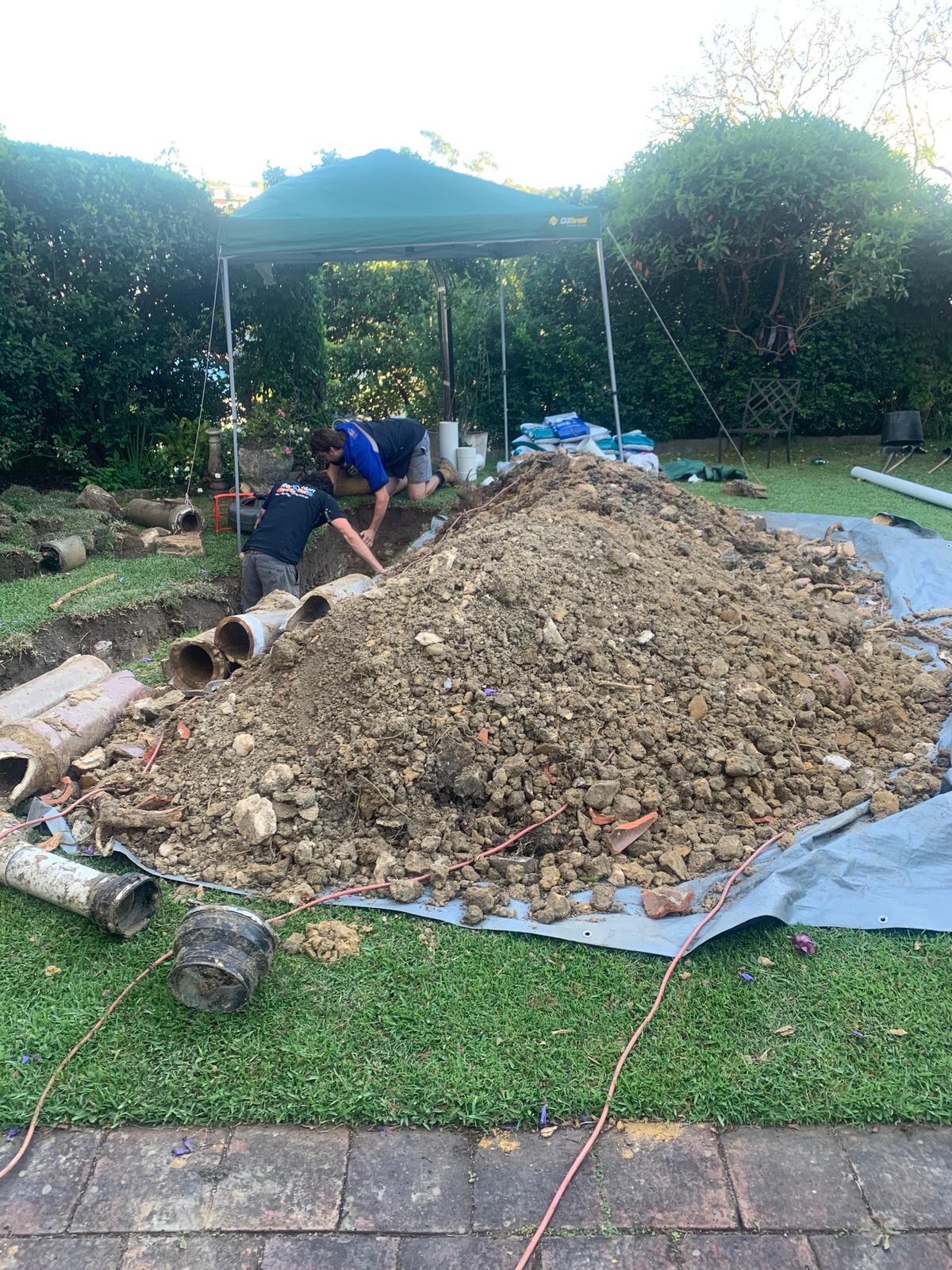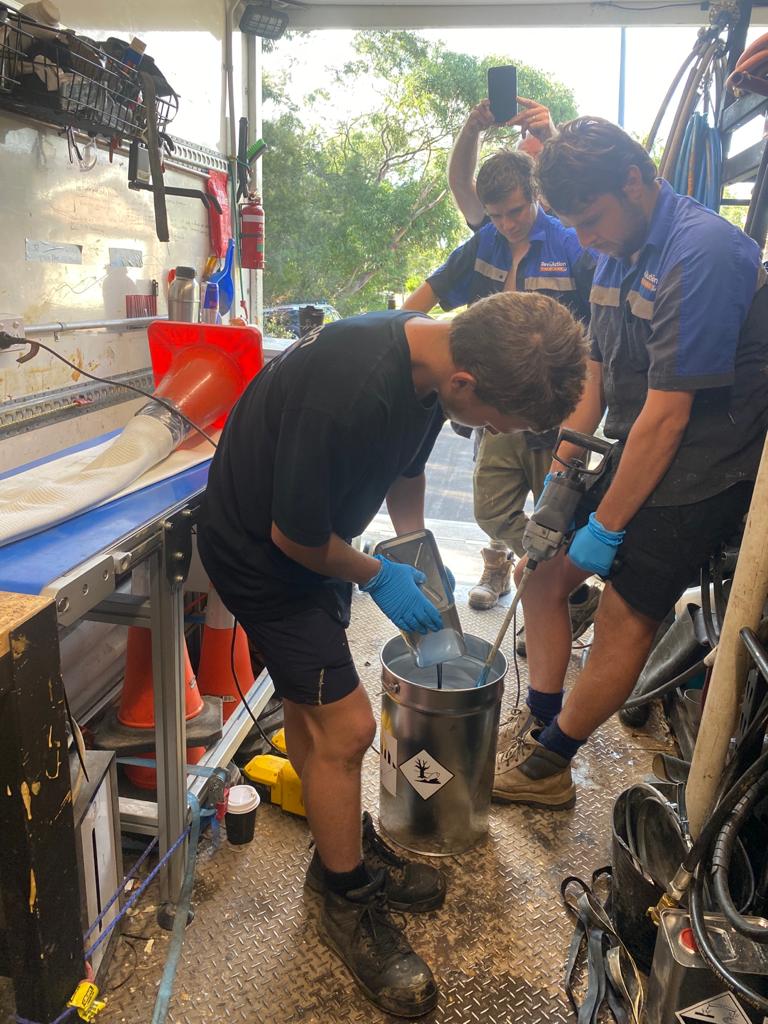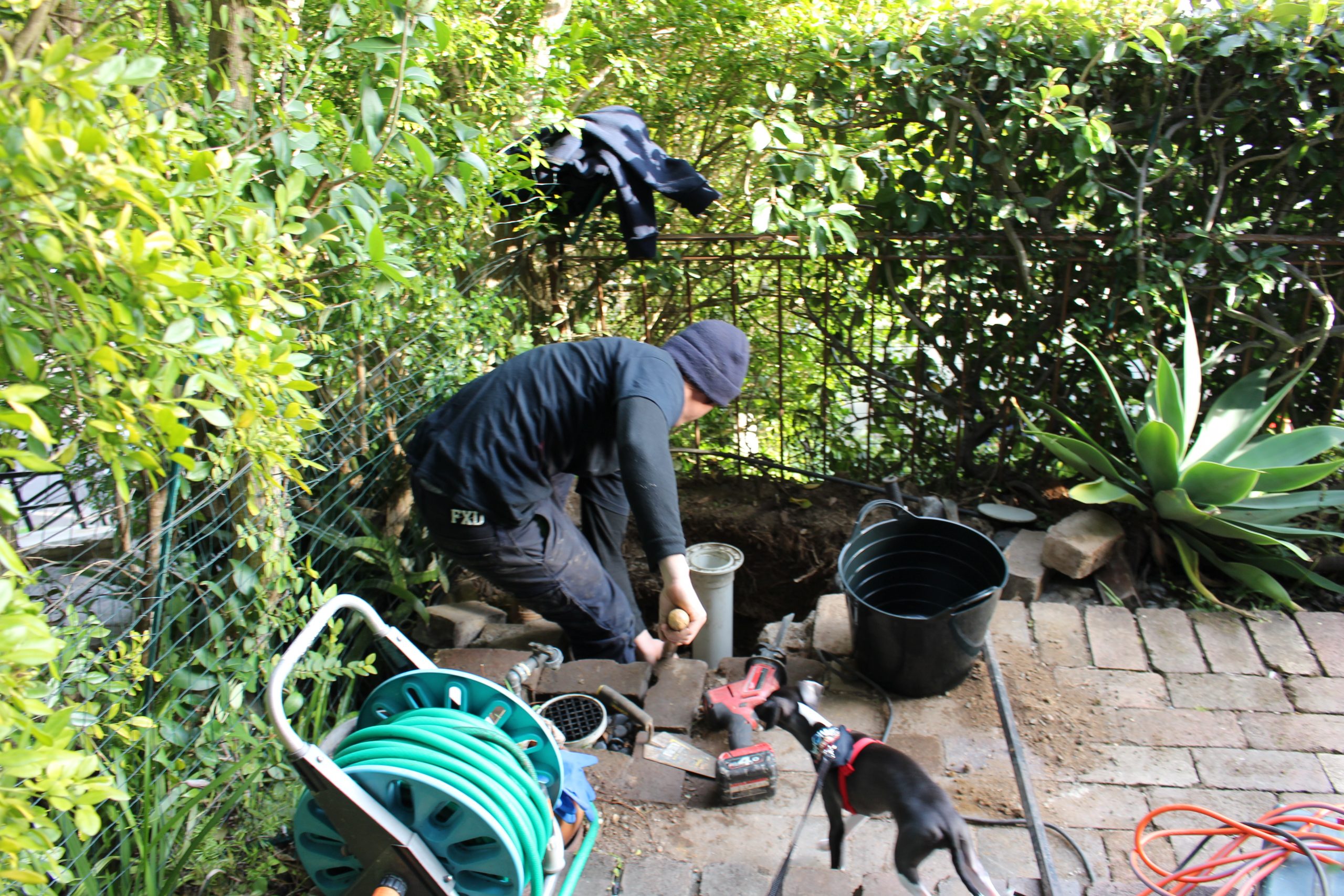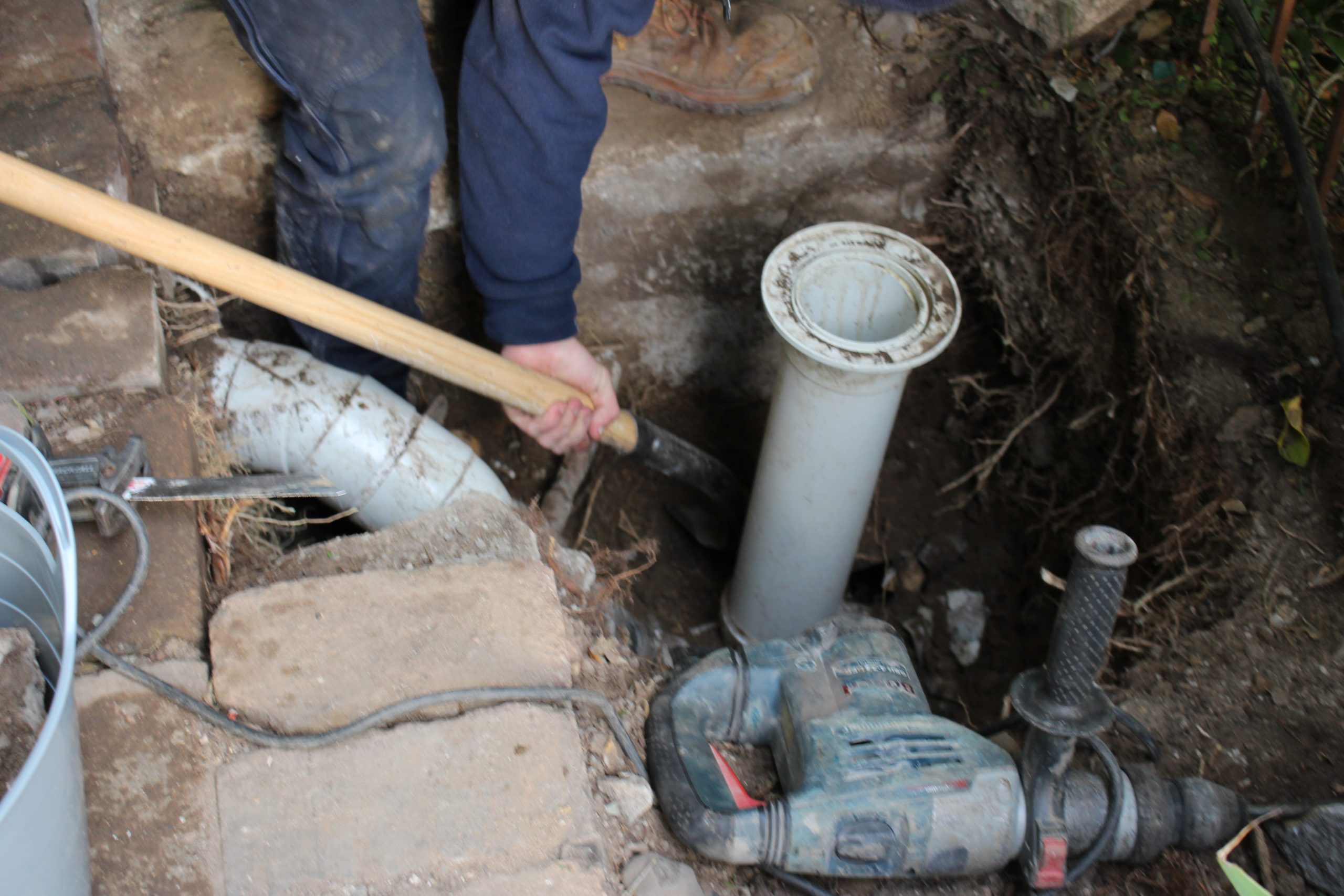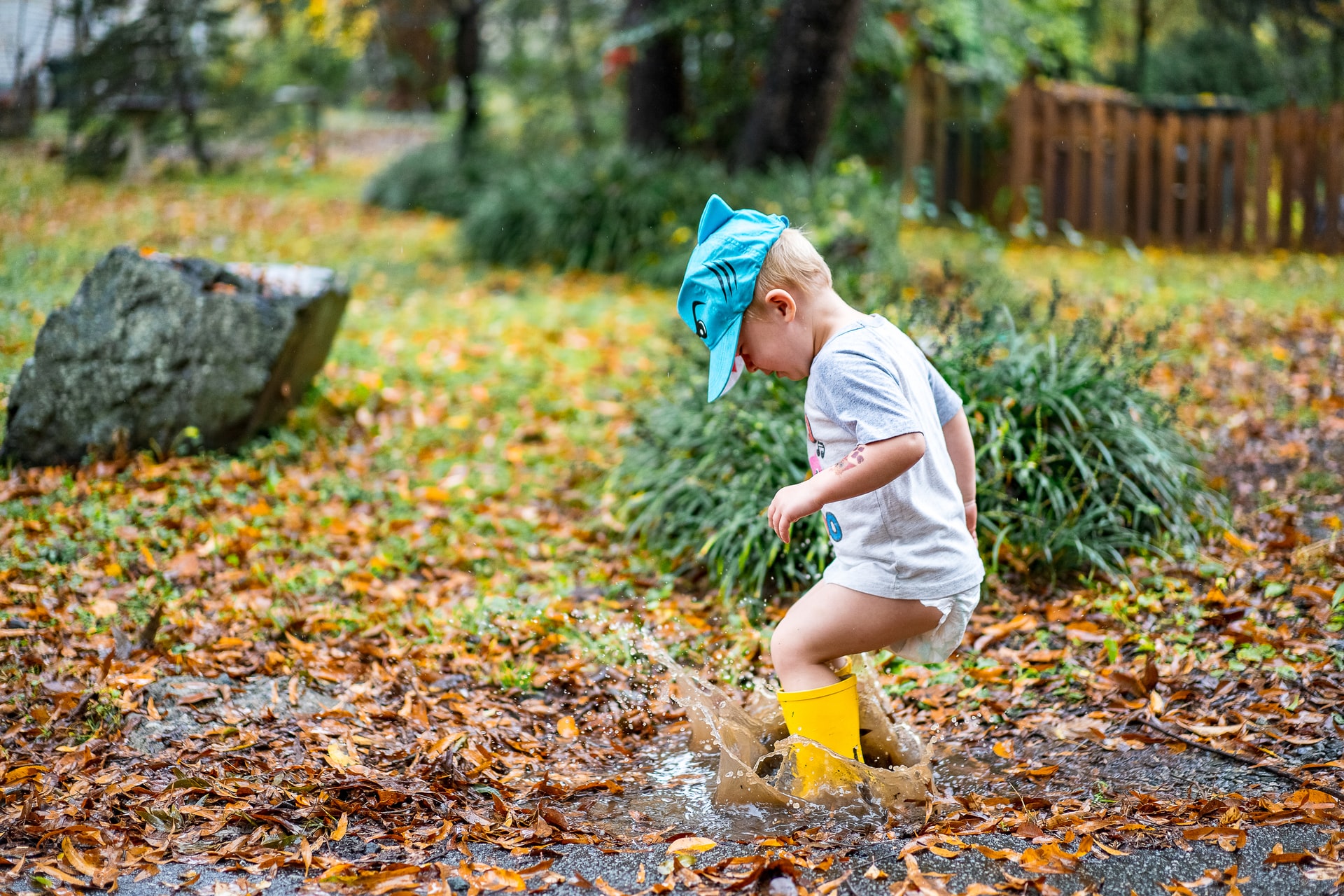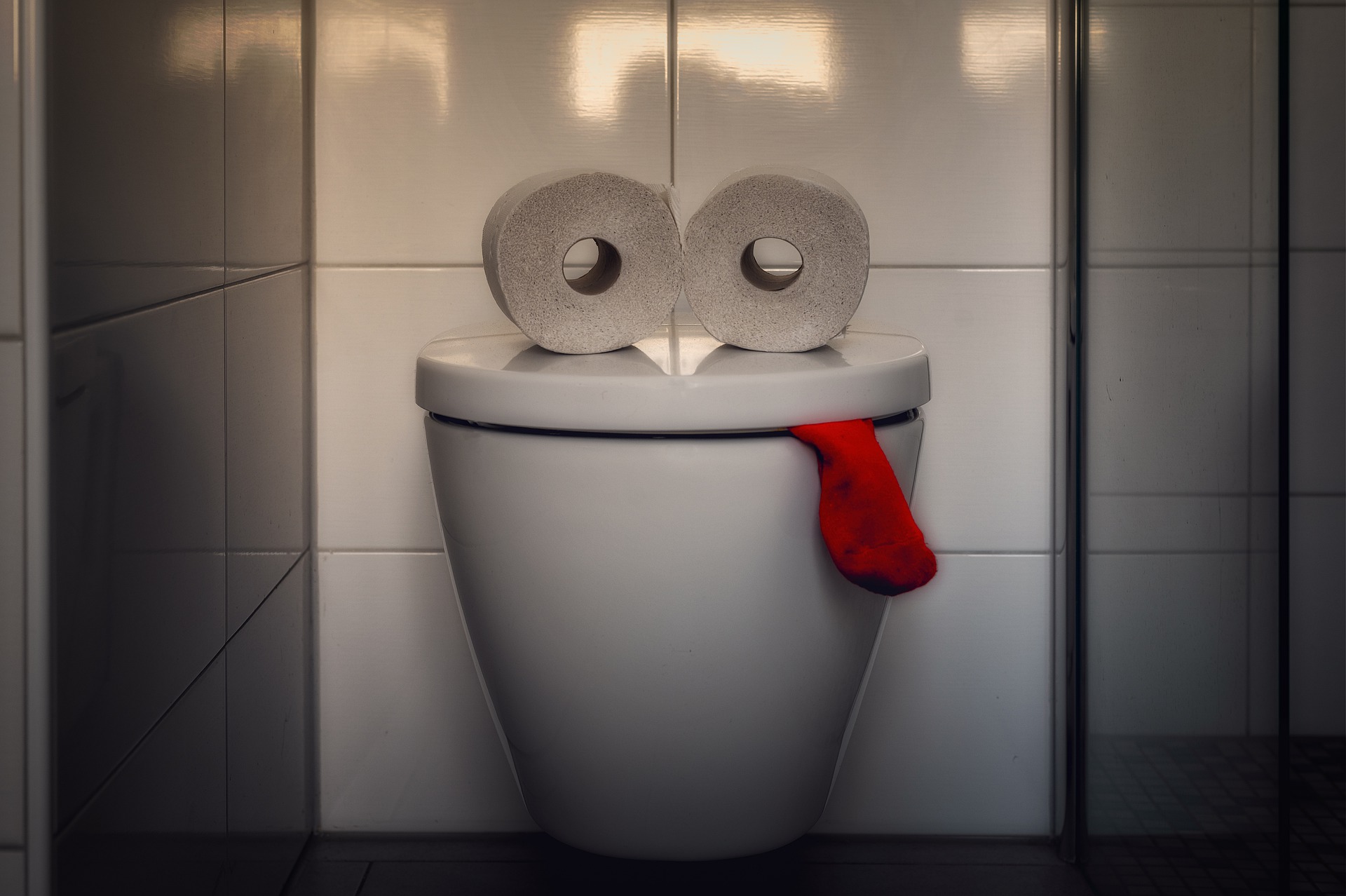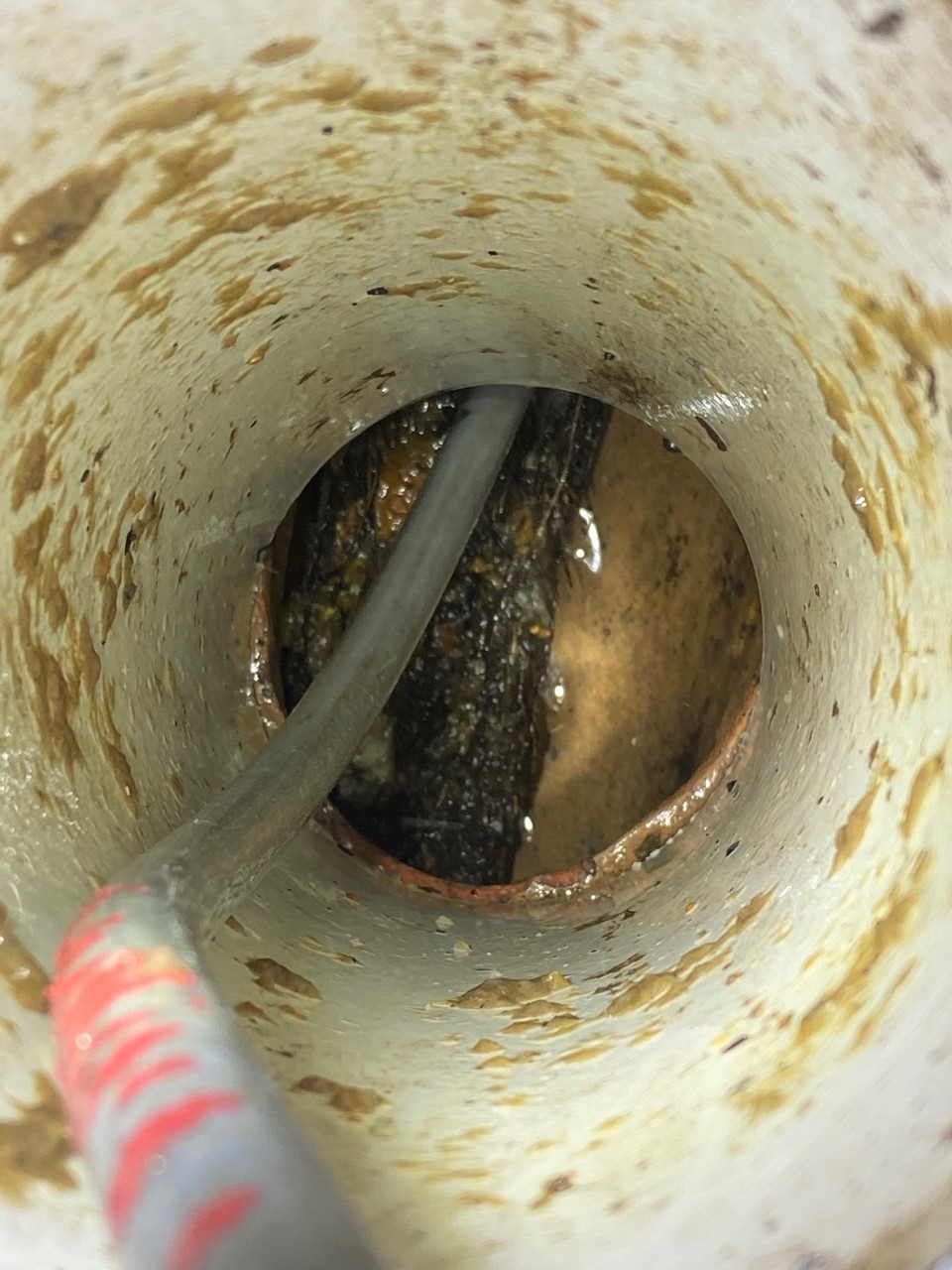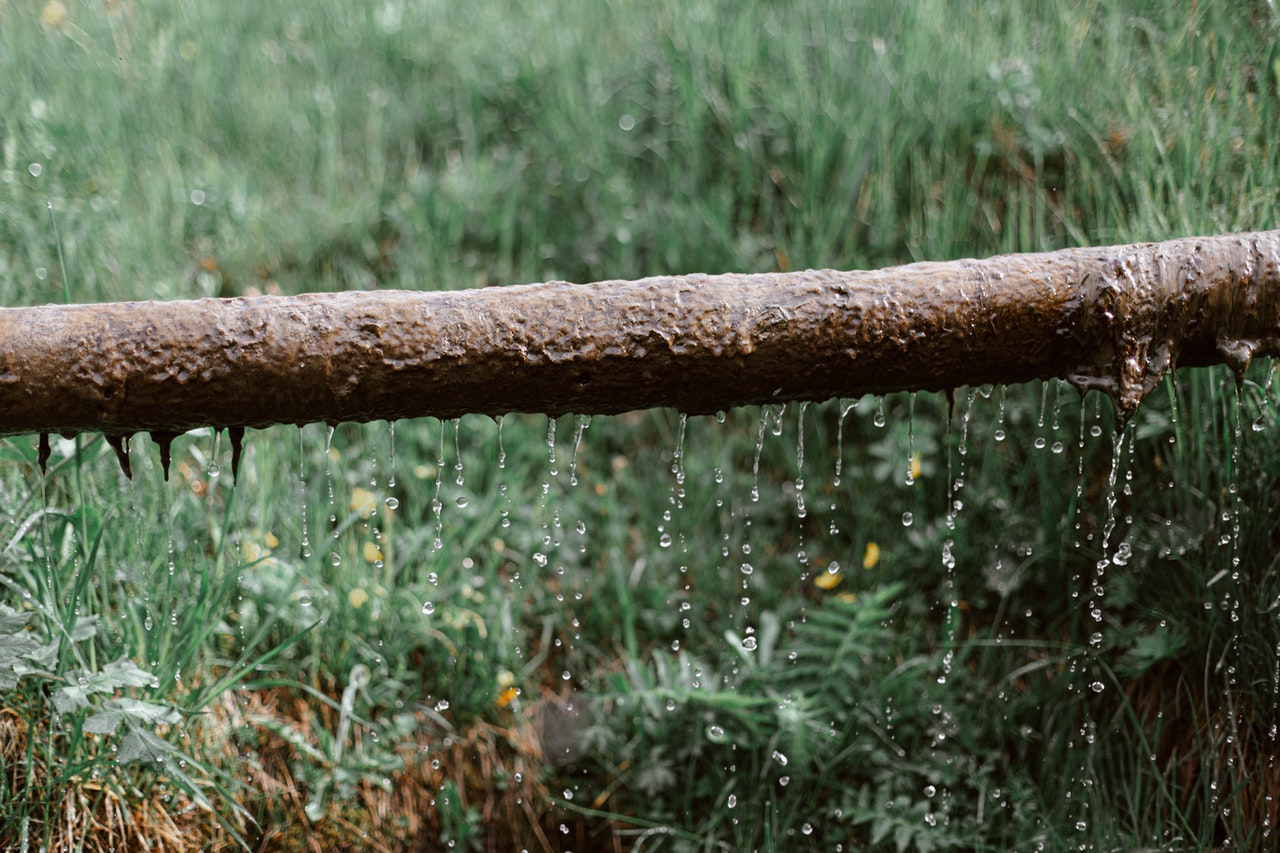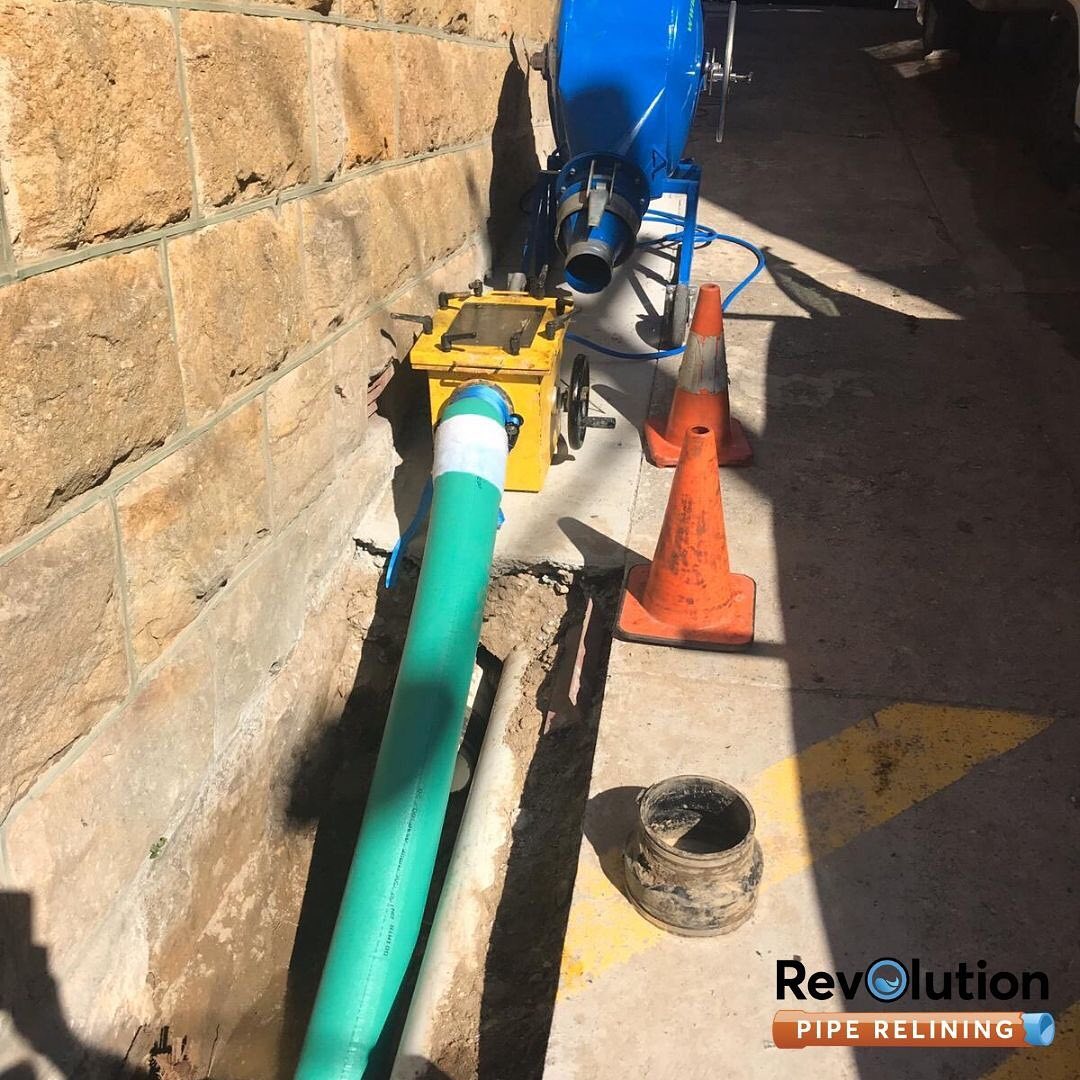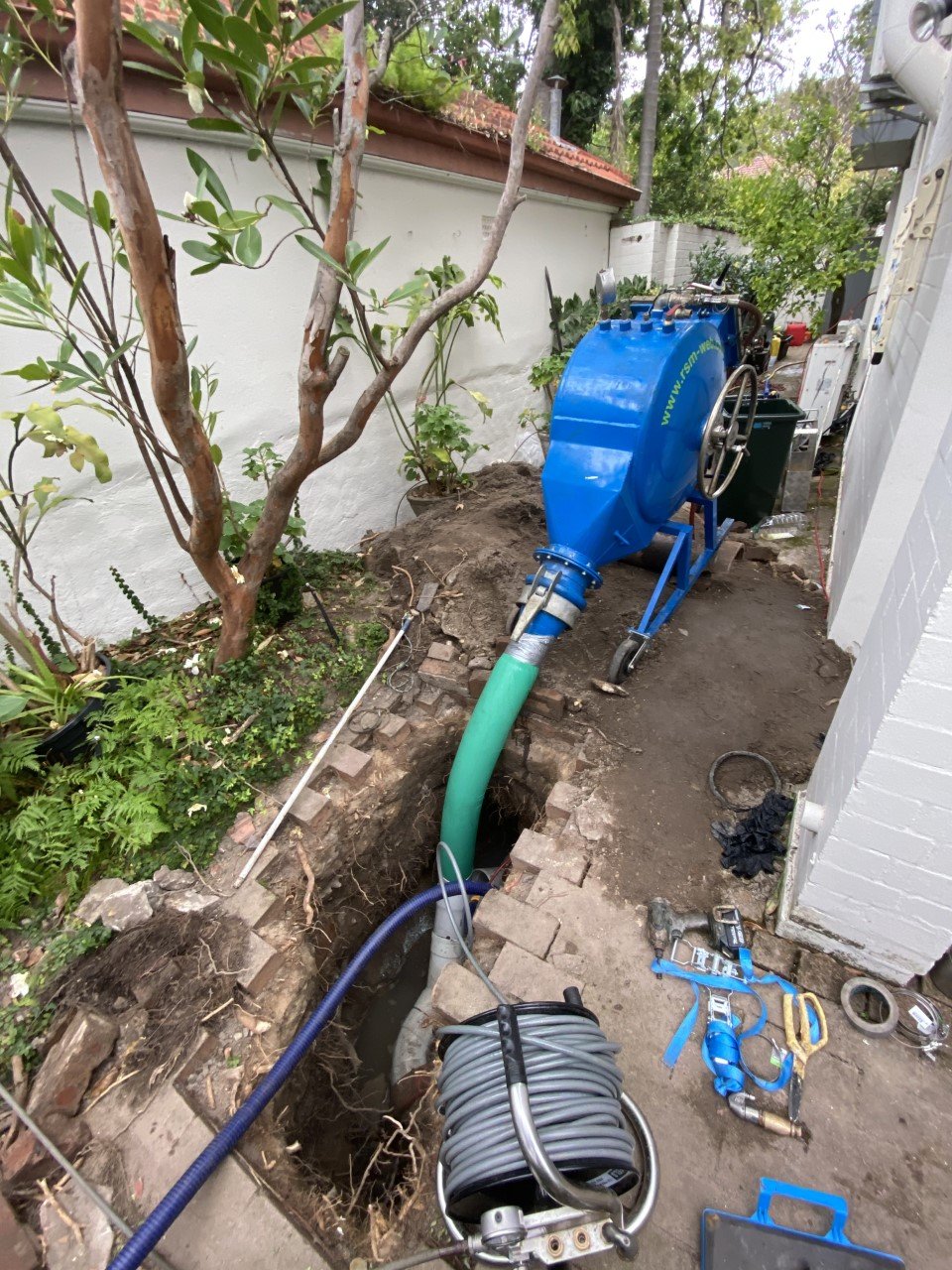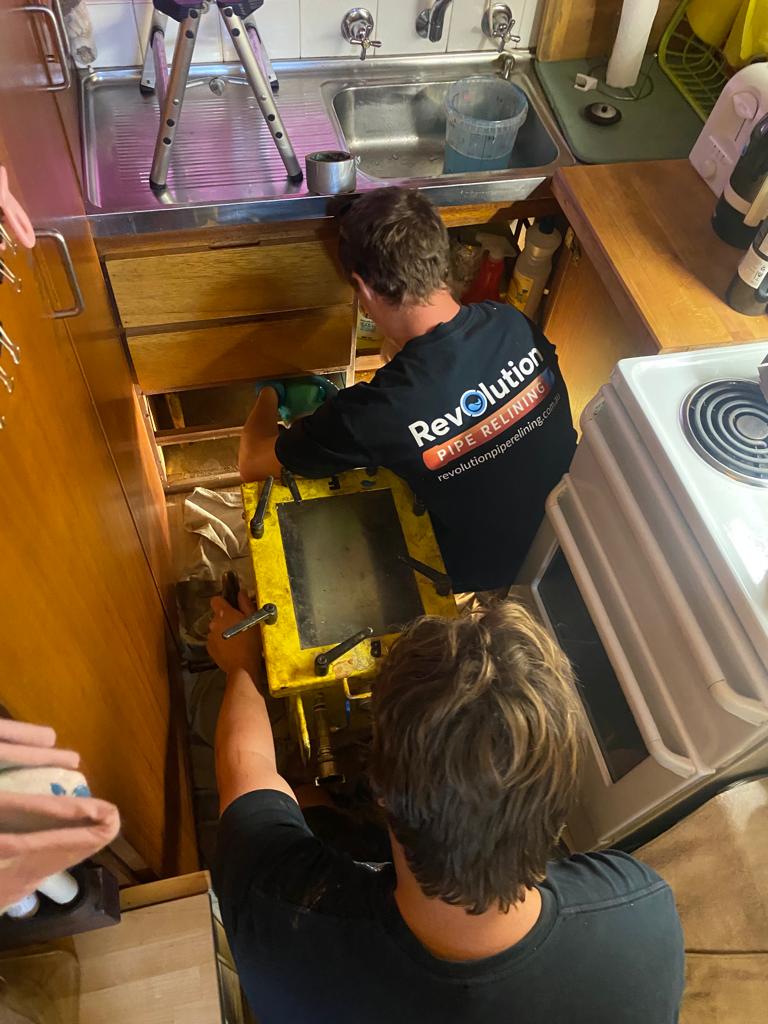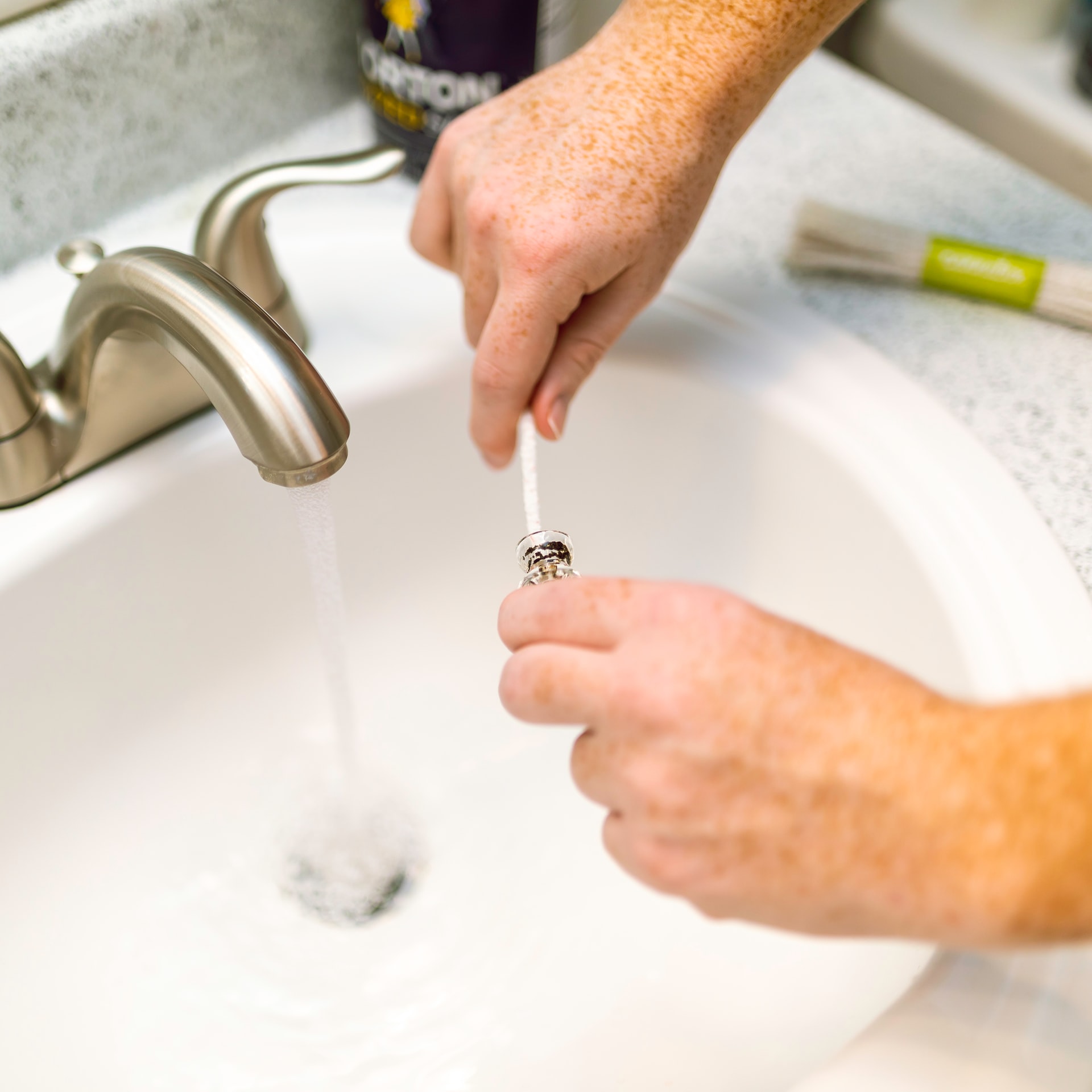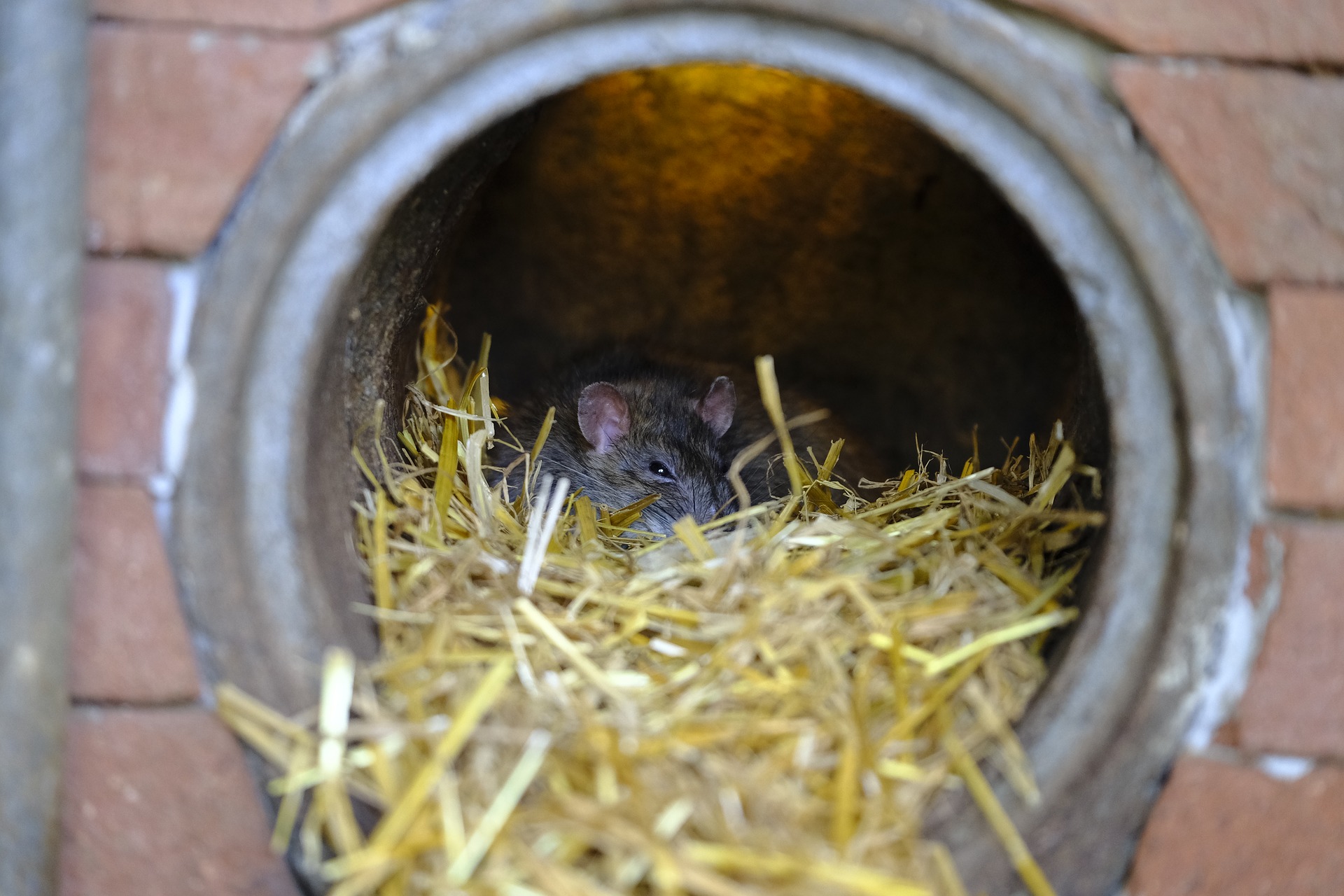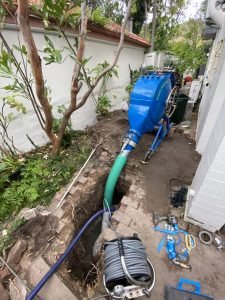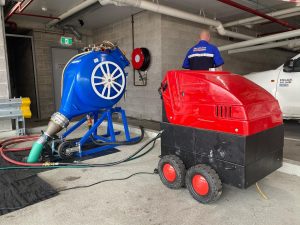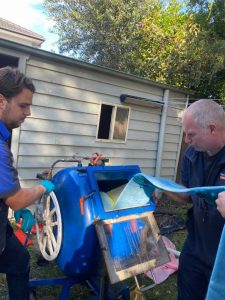- Over time, sewer pipes will eventually fail due to a myriad of external and internal factors. Tree intrusions, soil expansion, channel erosion, foundation cracking, pipe corrosion, soil contractor, and calcifications are some of the forces that can shorten the lifespan of sewer lines in homes and commercial properties.
- Pipe replacement is the traditional approach in repairing sewer lines. Although effective, replacing pipes is a tedious, painstaking, and costly service. As sewer lines are installed underground, pipe replacement involves excavation and extensive digging on a property. And if you are a homeowner with a family to take care of or a business owner that needs a functional sewer system to ensure normal operations, digging and extensive pipe work, although necessary, can be frustrating to say the least.
- If you need effective repair on your drain and sewer lines, you now have sewer pipe relining as an excellent repair alternative to rely on. Plumbers are now recommending sewer pipe relining over pipe replacement for a few good reasons.

Why is Sewer Pipe Relining a Better Repair Solution for Damaged Pipes?
Trenchless pipe repair
- Sewer relining contractors can repair minor damages without excavating on your property. For sewer lines that are four inches in diameter or less, digging is unnecessary. Plumbers use advanced tools to access damaged pipes and repair them in just a few hours.
Works on all types of pipes
- Whether you have PVC, cast iron, copper, ABS, or concrete pipes, you can rely on pipe relining to rehabilitate pipes with the highest level of efficiency. Epoxy resin is the most commonly used material to reline drain and sewer lines that have damages , cracks, or leakages. This type of resin adheres to pipelines quite well and cures fast, too.
Cost-effective pipe repair
- Sewer pipe relining cost is considerably cheaper than traditional pipe replacement and other pipe rehabilitation procedures. You can save hundreds, even thousands of dollars when you choose pipe relining to resolve the damages on your home or business drain and sewer pipes. Since there is no digging involved in this repair technique, you avoid paying for extra services such as excavation, clean-up, and purchasing new pipes.
Ensures optimal flow efficiency
- Relining damaged drain and sewer lines add up to ¼ of an inch thickness along pipelines. Although the diameter of an existing pipe is reduced, sewage flow is not compromised in any way. In fact, since epoxy resin liners are smooth and jointless, the flow rate is improved after success pipe relining.
Relining supports pipes of all lengths
- Cured-in-place is a relining technique that is highly recommended for repairing pipes with greater lengths. You can repair a 100-feet long sewer line without having to worry about gaps or skipping joints and bends.
Minimal disruption to your property
- The absence of excavation in the relining process means you don’t have to worry about tedious excavation disrupting your normal routine at home or commercial property. Since sewer pipe relining is minimally invasive, you don’t have to worry about cleaning up any mess upon completion.
How does sewer relining contractors prepare for relining?
- Before any repair can be done on your pipelines, CCTV inspection will be implemented as a routine assessment procedure. CCTV pipe inspection is helpful in identifying the location of damages, cracks, or material loss, as well as diagnosing the extent of damage on your drain and sewer lines.
- Sewer line contractors use advanced CCTV cameras that are designed to fit even the smallest sewer lines. After determining the location and severity of your pipe issues, plumbers proceed to hydro jetting. Forcing highly pressurised water along a pipe removes debris, resulting in clean pipelines. Once thoroughly cleaned, the pipe relining process is then started by sewer line relining contractors.
How does sewer relining work?
Sewer relining contractors will then prepare the liner for insertion into the pipe. An inflatable bladder is simultaneously installed with the liner along a drain or sewer line. Once all the components are properly installed and positioned, the bladder is then inflated. This will force the liner to the inside walls of the pipe. The bladder will stay in this position to help the epoxy resin adhere and conform to the shape of the existing drain or sewer line. Once the epoxy resin cures and completely hardens, the bladder will be pulled out.
A final inspection using CCTV cameras will be reinserted to evaluate whether the entire length of the pipe and crucial areas were properly lined with the hardened epoxy resin.
Depending on the extent of damage or pipe length relined, the repair can take a few hours to an entire day. Factoring in the curing time, a small to medium scale project can be completed in 24 hours or less.
If you want more information about pipe relining for your home or business, give us a call at Revolution Pipe Relining. We are a trusted drain and sewer relining contractor serving Sydney clients. With years of experience in pipe repairs, we have the skills, knowledge, and equipment to implement repairs quickly, safely, and efficiently. To schedule a consultation with us, contact our direct line on +61 1300 844 353 today.


